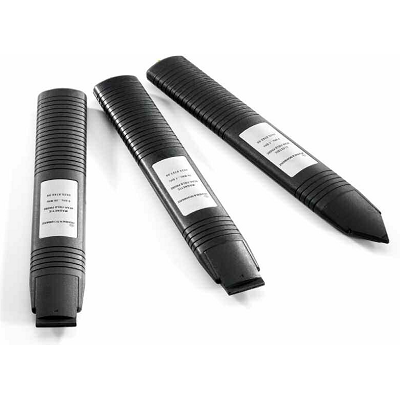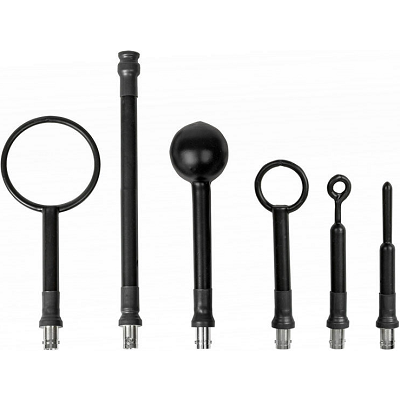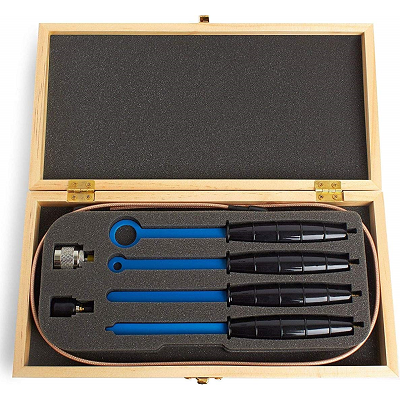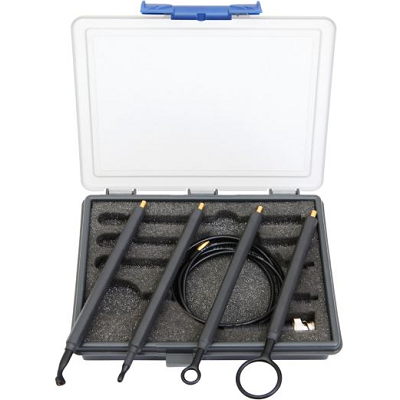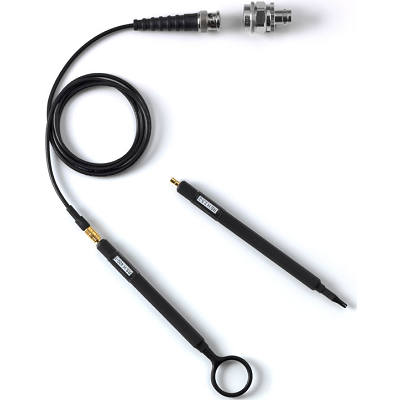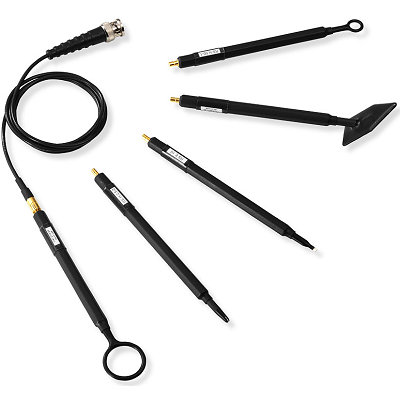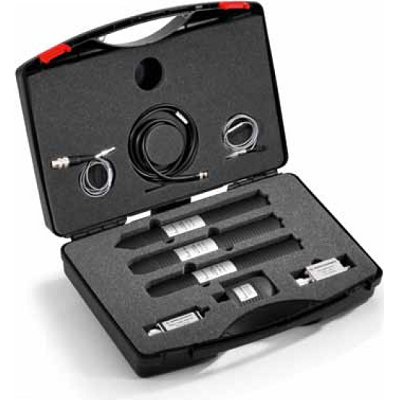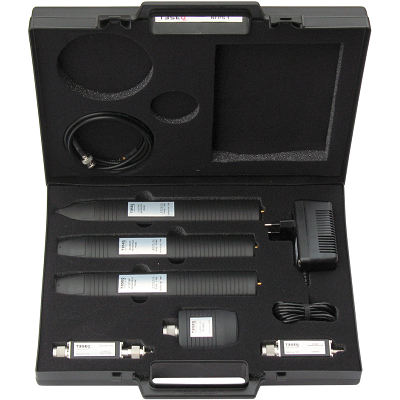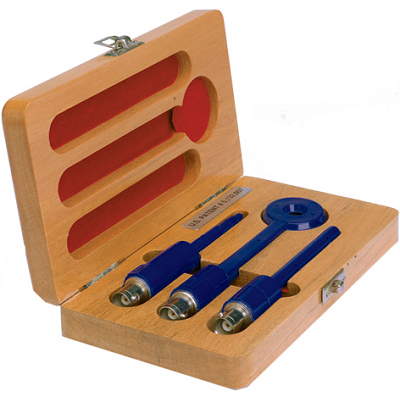Near Field Probe Sets
EMC Near-Field Probes for E and H Fields If the product is failing, cause of the higher emissions must be investigated and fixed to make the product compliant. To find the EMI emission source may require making measurement closer to the circuit. This is not possible using an antenna. Near-field magnetic (H-field) and electric (E-field) probes let you sniff around the circuits, cables, and enclosures to find the source. H-field probes use a conductive loop to detect magnetic fields produced by clock signals, serial data streams, control signals, and switching power supplies. You can often uncover the source of EMI emissions with near-field probes. Near field probes are only sensitive to sources at close proximity. They are generally immune to background noise or hand position. Once emission source has been located, the appropriate fix can be implemented to reduce emissions. Since the near field probe measurements do not provide any indication of compliance, the measurement must be retaken with an antenna at the specified distance. Near Field Probe measurement do not take into account any other contributors to higher radiated emissions levels at the specified distance. In addition, Near Field Probes can be a valuable tool for troubleshooting EMI problems at the factory. They do not require any special calibrated test facility. Once you've made your baseline measurements at a EMI Lab to determine failing frequencies, you can take the product back for troubleshoot at the factory. You can experiment with design modifications and repeated near-field measurements to reduce the emission levels. Once the emissions levels successfully reduced, the product can be taken back to the EMI lab for additional compliance measurements. This process will reduce the cost of the overall product compliance process.
